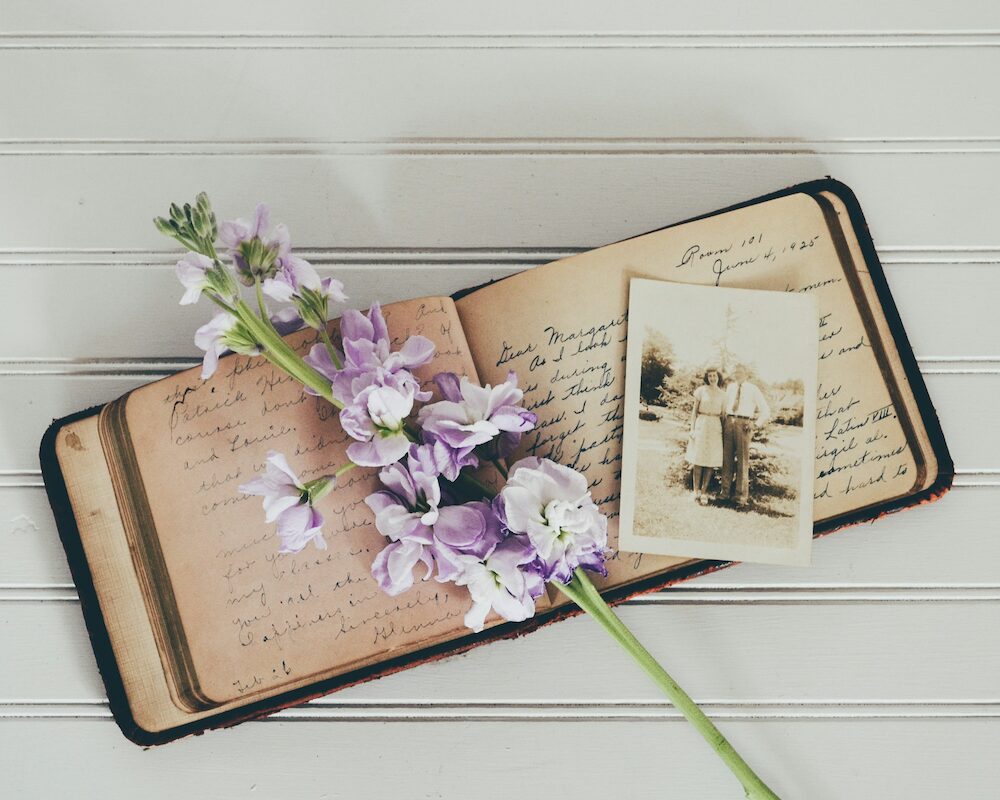Preserving personal and family histories is vital to staying connected in a world focused on quick digital moments. Legacy memoirs combine personal stories with photographs, letters, and scrapbooks. They serve as a bridge between generations, capturing real-life experiences that foster a profound connection resonating through time.
What Is a Legacy Memoir?
Legacy memoirs are personal stories created for a specific audience, like family and close friends. They combine written narratives with items such as photographs, letters, and other pieces of life that were once seen as disposable. These items become meaningful symbols of memory and history, making the readers feel connected to the author.
Unlike regular memoirs that aim for a wide readership, legacy memoirs focus on preserving wisdom, experiences, and personal history. This emphasis turns them into lasting stories that can be cherished for generations, becoming family heirlooms that carry the author’s memory beyond their lifetime.
The Role of Ephemera in Storytelling
What sets legacy memoirs apart is their ability to pair the written word with tangible memories. A faded photograph, a ticket stub, or a handwritten letter can evoke emotions and context that words alone sometimes cannot. For example, sharing a childhood story along with a scanned image of a vintage postcard makes the tale more vivid and engaging. This combination of personal history and physical items helps keep the memory alive and allows readers to understand its broader cultural and social histories.
Why Legacy Memoirs Matter
Legacy memoirs are more than just a way to keep family stories alive. They show that history isn’t only in textbooks or about famous people. By focusing on everyday experiences, these memoirs make history accessible to everyone, and they help people appreciate the importance of their own life stories.
In a time when nostalgia brings comfort and inspiration, legacy memoirs are significant. They connect us to our roots, explain our present, and ensure that future generations can learn about our rich family and cultural heritage.
Creating a Legacy Memoir
If you are thinking about writing a memoir, start with a clear intention. Consider the stories you want to share and who will read them. Including personal items can enhance your stories—take the time to choose items that add meaning and context.
Some people choose traditional publishing, while others enjoy self-publishing or working with small publishers focusing on personal histories. The important thing is to be true to yourself and preserve your stories rather than worrying about appealing to a broad audience.
The Future of Legacy Memoirs
As technology evolves, so do the ways we can create and share legacy memoirs. Digital tools make it easy to include photos, audio recordings, and videos in our personal stories. However, the core of a memoir remains the same: the wish to connect, record, and keep memories alive.
Whether you are telling your grandparents’ immigration story, sharing your military experience, or preserving family traditions, personal memoirs show the lasting power of storytelling. They encourage us to honor the past, celebrate the present, and pass on valuable lessons to future generations.

